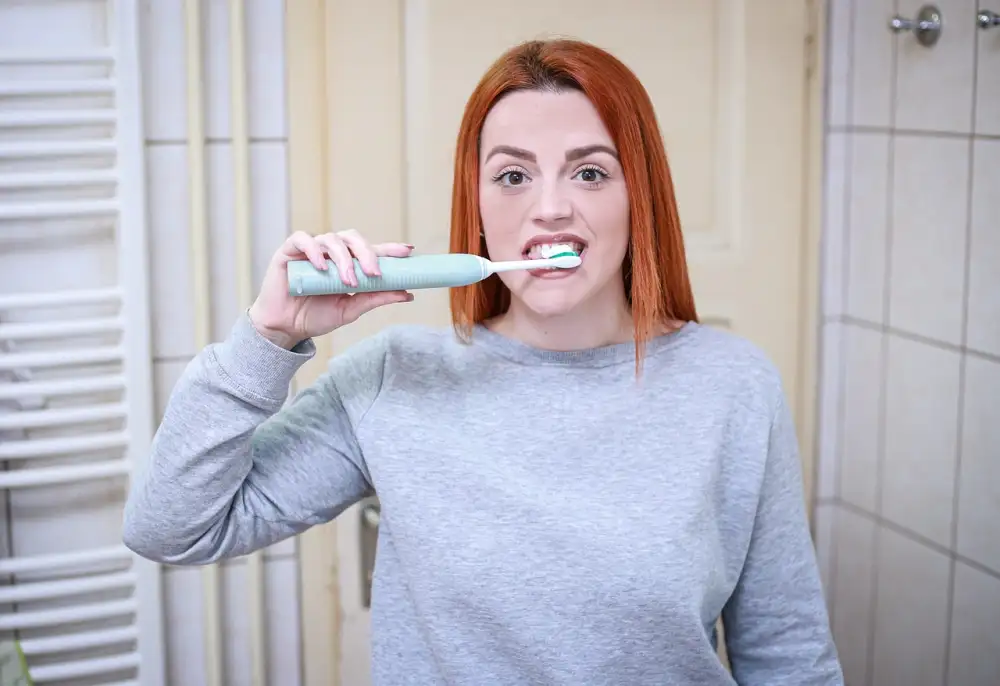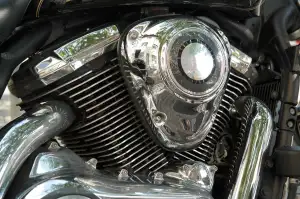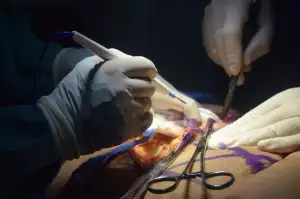Unlock the Benefits of Dry Brushing Teeth: A Waterless Dental Health Trend

Dry brushing teeth is a waterless dental hygiene practice that has gained popularity in recent years. Unlike traditional toothbrushing with toothpaste and water, dry brushing involves using a dry toothbrush to clean the teeth and gums. This technique is believed to help remove plaque, prevent bad breath, and promote overall oral health. Advocates of dry brushing claim that it can be an effective way to maintain oral hygiene without the need for water or toothpaste, making it a convenient and eco-friendly option for dental care.
Benefits of Dry Brushing Teeth
**Benefits of Dry Brushing Teeth**
Dry brushing teeth offers several benefits that can improve oral health and overall well-being. Firstly, it helps to remove plaque effectively, reducing the risk of cavities and gum disease. Additionally, dry brushing can stimulate blood circulation in the gums, promoting gum health and potentially reducing inflammation. This technique also aids in removing surface stains from the teeth, leading to a brighter smile over time. Moreover, dry brushing can help to strengthen tooth enamel by gently exfoliating the surface without the abrasive action of toothpaste. Overall, incorporating dry brushing into your dental routine can contribute to better oral hygiene and a healthier mouth.
How to Dry Brush Teeth Properly
To dry brush teeth properly, start by selecting a toothbrush with soft bristles to avoid damaging the enamel and gums. Begin by gently brushing the teeth in a circular motion, ensuring to cover all surfaces including the front, back, and chewing surfaces. Pay special attention to the gum line and areas where plaque tends to accumulate. Brush for at least two minutes, making sure not to apply too much pressure to prevent irritation. Rinse your mouth thoroughly after brushing and clean your toothbrush properly to prevent bacteria buildup. It is recommended to dry brush teeth twice a day, preferably in the morning and before bed for optimal oral health benefits.
Precautions and Tips for Dry Brushing Teeth
When dry brushing teeth, it's important to use a soft-bristled toothbrush to avoid damaging the enamel or gums. Brush gently in circular motions without applying excessive pressure. It's recommended to brush for at least two minutes to ensure thorough cleaning. Avoid using abrasive substances like baking soda, as they can be harsh on the teeth. Remember to rinse your mouth thoroughly after dry brushing to remove any loosened plaque or debris. Lastly, replace your toothbrush regularly every 3-4 months to maintain optimal oral hygiene.
Comparison of Dry Brushing and Traditional Brushing
When comparing dry brushing to traditional brushing, there are some key differences to consider. Traditional brushing involves using toothpaste and water to clean the teeth, while dry brushing simply uses a toothbrush without any additional products. Dry brushing is said to be more eco-friendly as it reduces water waste associated with traditional brushing. Additionally, dry brushing can be more convenient for travel or situations where water may not be readily available. However, traditional brushing with toothpaste provides the added benefit of fluoride, which helps strengthen enamel and prevent cavities. Ultimately, the choice between dry brushing and traditional brushing depends on personal preference and individual dental needs.
Expert Opinions on Dry Brushing Teeth
Dental professionals have varying opinions on dry brushing teeth. Some dentists believe that dry brushing can be effective in removing plaque and preventing gum disease when done correctly. Dr. Mark Burhenne, a practicing dentist, suggests that dry brushing can help reduce the risk of enamel erosion caused by abrasive toothpaste ingredients. However, others caution that dry brushing may not be suitable for everyone, especially those with sensitive gums or existing dental issues. It is essential to consult with your dentist before incorporating dry brushing into your oral care routine to ensure it is safe and beneficial for you.
**Conclusion and Final Recommendations**
In conclusion, dry brushing teeth is a waterless dental health trend that offers numerous benefits for oral hygiene. It helps to remove plaque effectively, prevent gum disease, and promote overall dental health. By incorporating dry brushing into your daily routine, you can improve the cleanliness of your teeth and gums.
To maximize the benefits of dry brushing, it is essential to follow proper techniques and precautions. Remember to use a soft-bristled brush and gentle pressure to avoid damaging your enamel or gums. Additionally, do not forget to replace your toothbrush regularly to maintain optimal oral hygiene.
While dry brushing can be an effective alternative to traditional brushing, it is important to consult with your dentist or dental hygienist before making any significant changes to your oral care routine. They can provide personalized recommendations based on your specific dental needs.
Overall, embracing the practice of dry brushing teeth can lead to healthier gums, cleaner teeth, and improved oral health outcomes. So why not give it a try and unlock the benefits of this innovative dental care approach today!
Published: 29. 03. 2024
Category: Health



